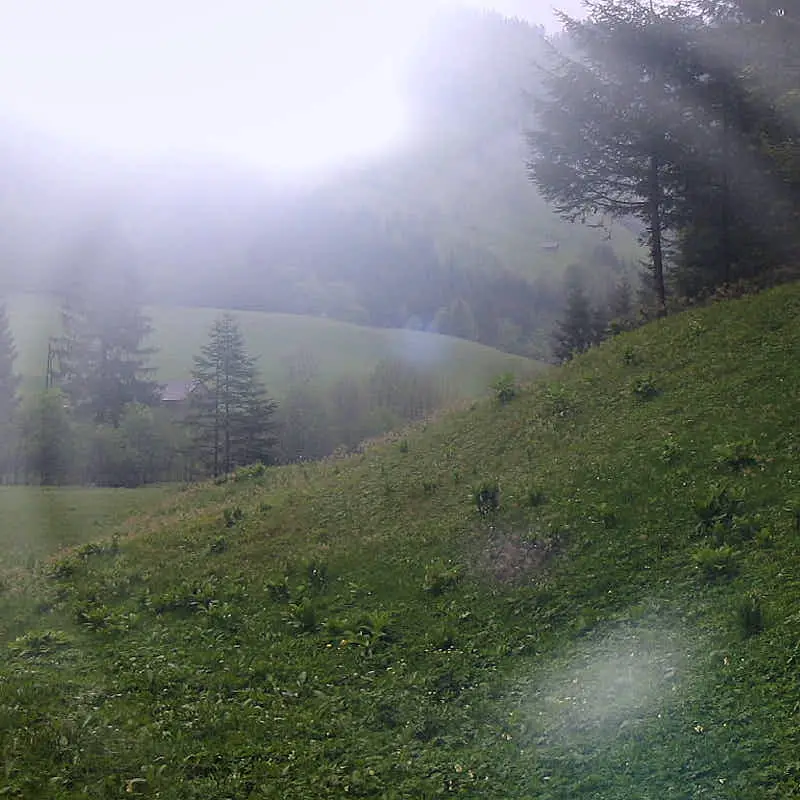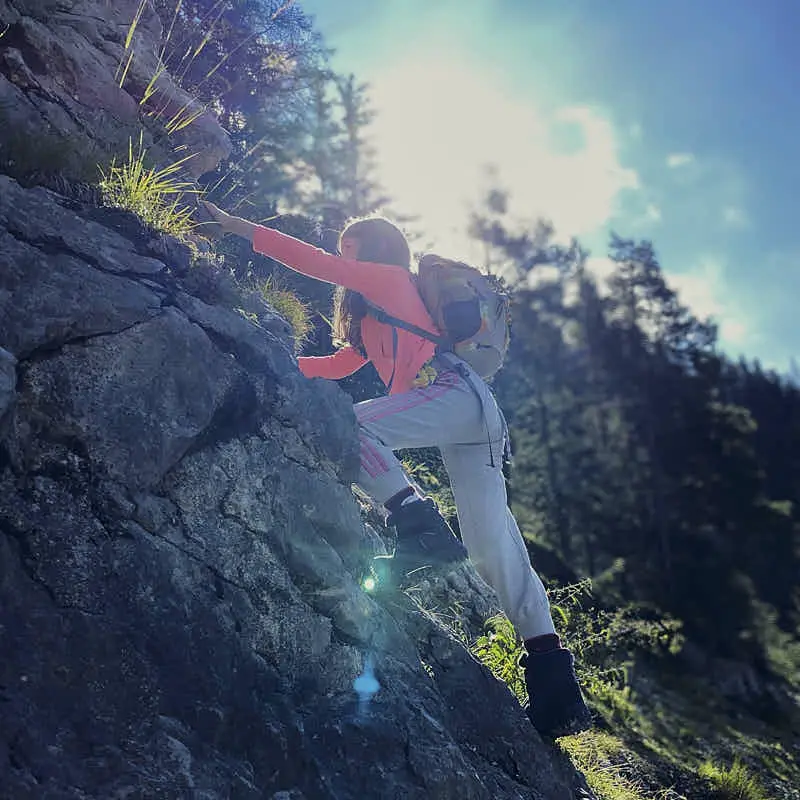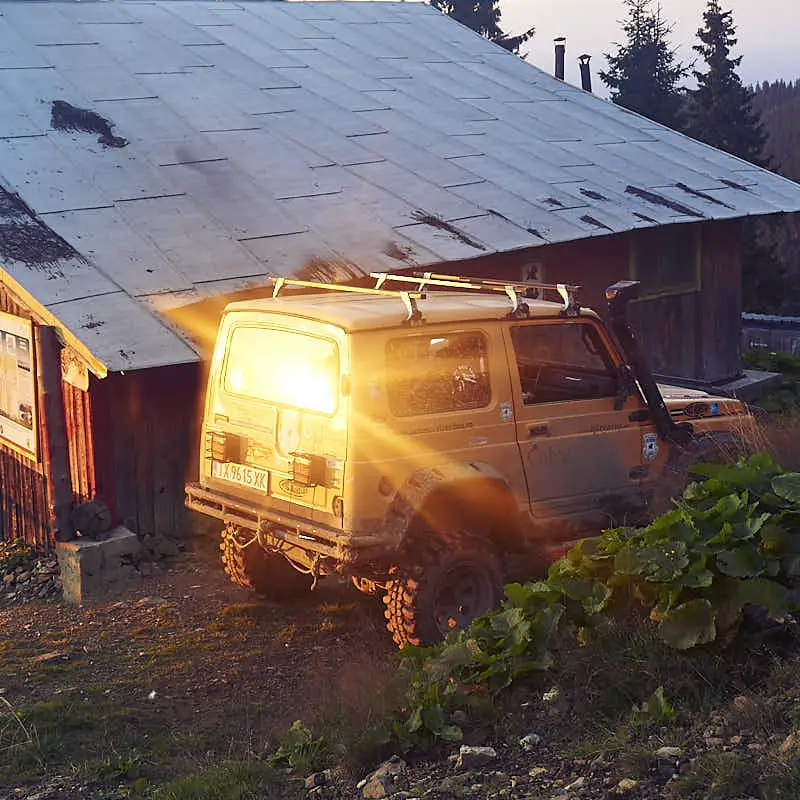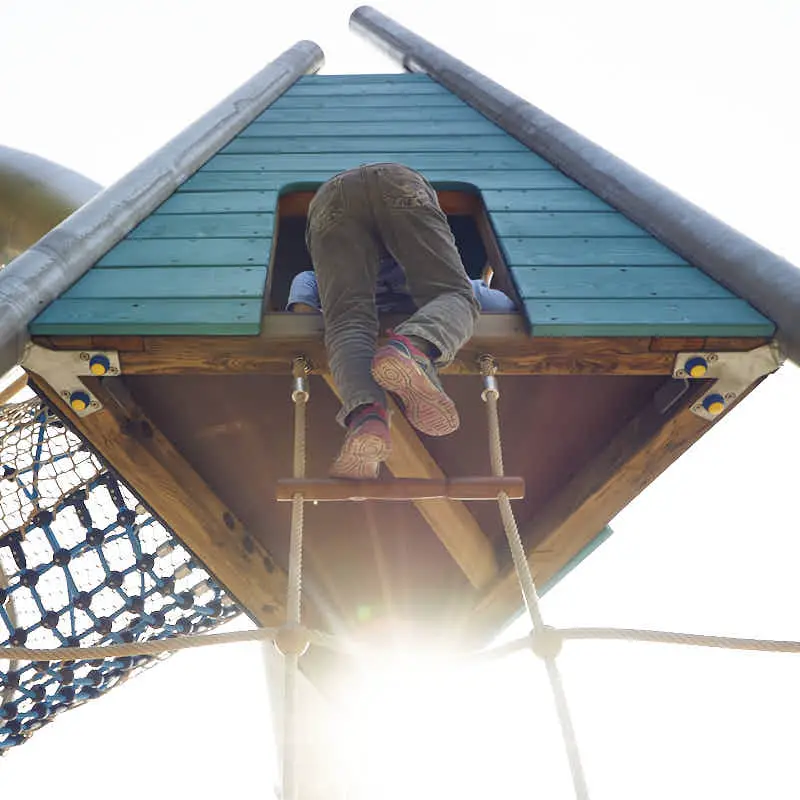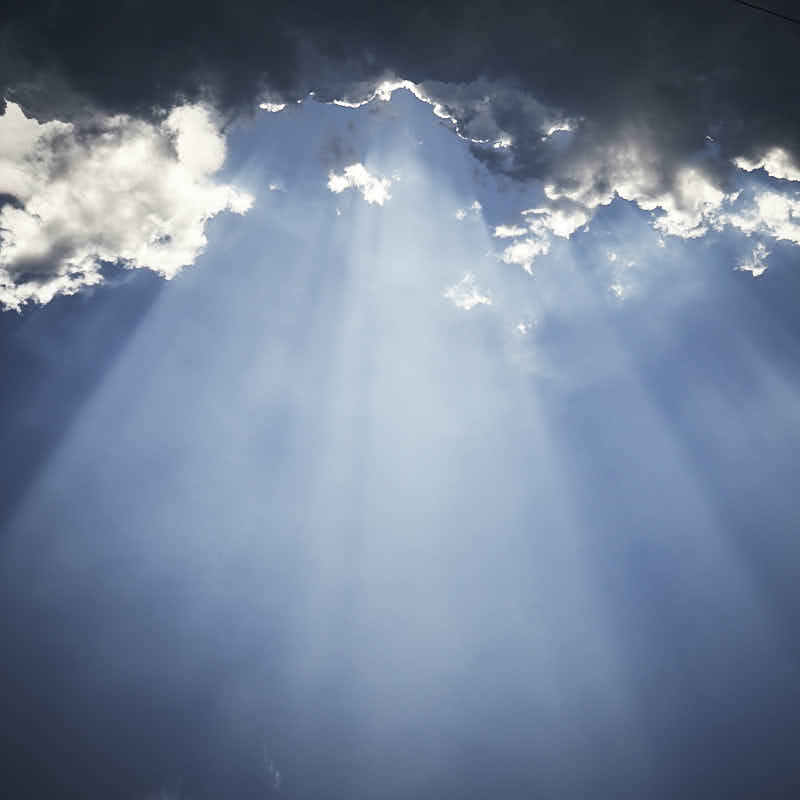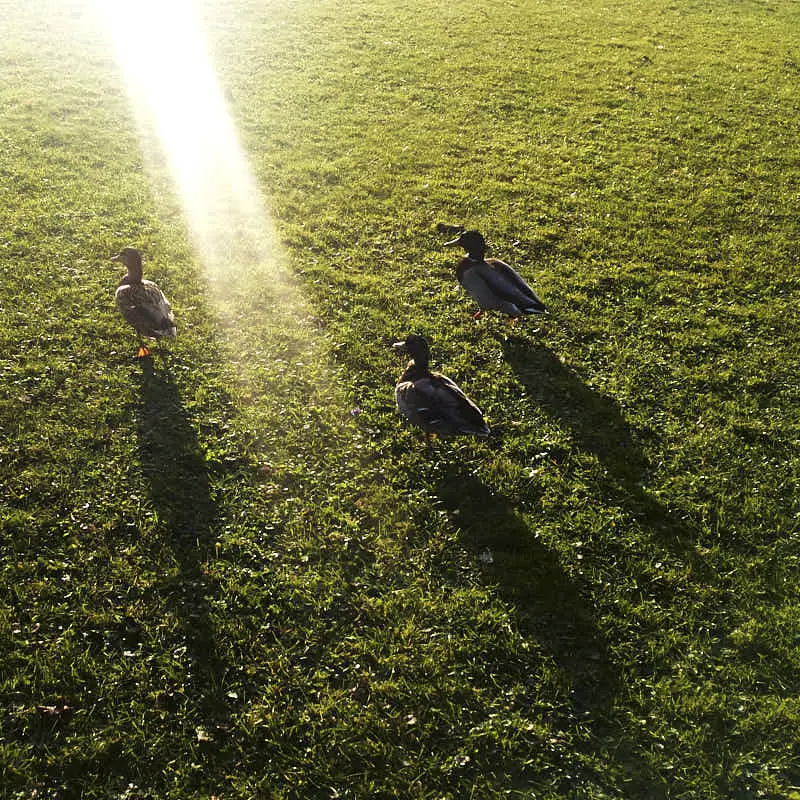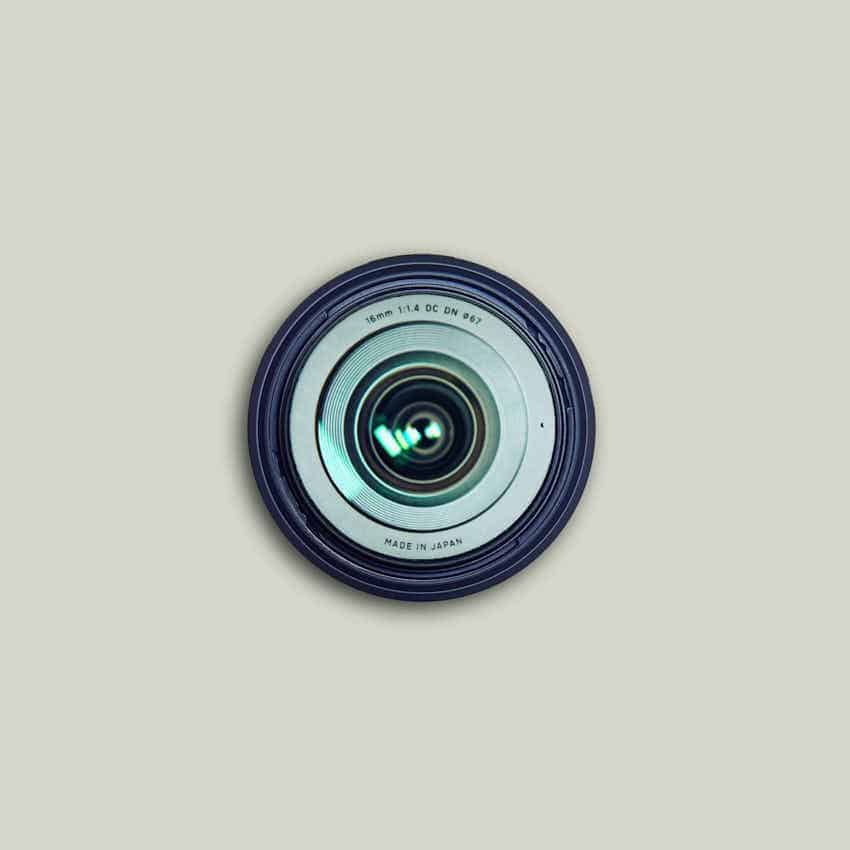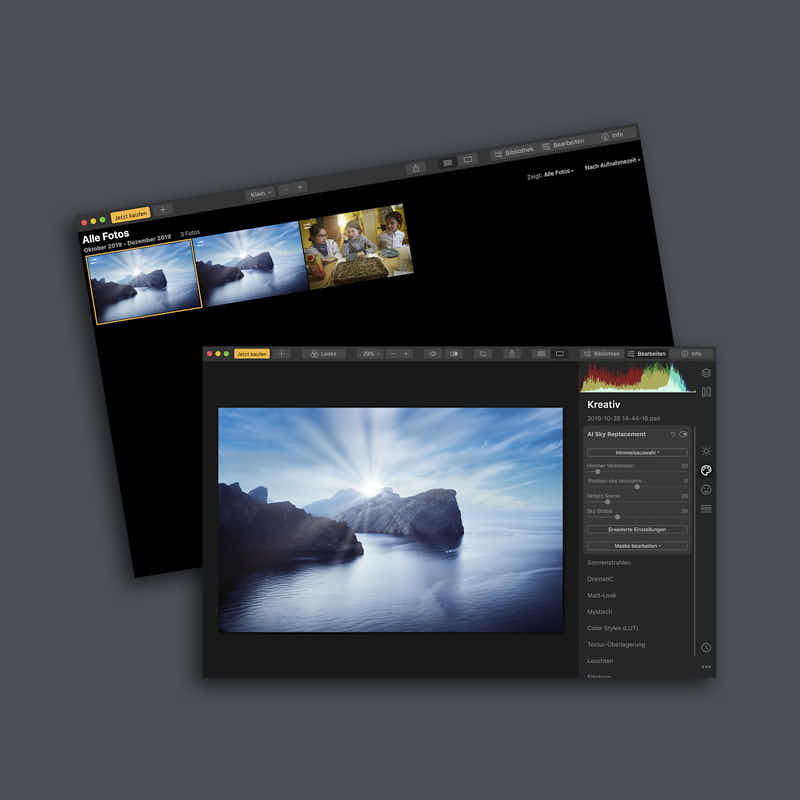Photographers everywhere have a love/hate relationship with lens flare. Sometimes it appears at the most inconvenient times and sometimes is recreated in the post-processing process as a creative effect.
A bright light that doesn’t match the overall composition of your photo, like one from a sun’s ray, that reflects as an anomaly in your lens is what’s known as lens flare. The lens flare creates streaks of bright light that degrades the contrast of the background, and foreground, of your image. Lens flare also produces sunspots amidst the streaks.
When You Don’t Want the Lens Flare
Picture this: you’re taking the sweetest image of a family at your local park, sitting at a beautiful picnic, and you JUST managed to get the little one looking and smiling at the same time as the grown-ups. You take the shot, the perfect shot.
As you’re looking through the images, excited to have gotten “the one”, you see a dreaded sunspot over Mom’s face. In full consternation, you are trying to figure out how to control your next image to avoid the lens flare.
What the frustration with elements and aberrations like lens flare comes down to is control. Lens flare can be a beautiful addition to a photo as an element to help create the story, but when it happens without intent, it truly can ruin an image.
There are a couple of great solutions to eliminate lens flare from the start that helps you feel in more control of the various elements of your artistry.
Enter the Lens Hood
While not the perfect solution, a lens hood functions to prevent as much of the stray light unintended in your image from reaching the lens. There are multiple styles of lens hoods, including shape and material.
There are a couple of must-haves for a good lens hood to protect from flare as much as possible. The petal framework instead of the more classic round works more efficiently at blocking the particular kind of light that caused lens flare.
Purchasing a hood that is non-reflective in every way is also a wise investment – after all, the goal is to NOT have reflective light.
There are some limits to what a lens hood can accomplish, especially depending on the type of lens you are utilizing. The hood will work better with a prime lens and a good filter.
Prime Time – Prime Lenses Help Eliminate Flare
Prime lenses work great at canceling out multiple anomalies including lens flare, color fringing, and less diffraction. The nature of the prime lens is to let in more light, allowing it for better exposure, creating a shallower depth of field, and all over sharper images.
Having a sharper image doesn’t allow for nearly as many aberrations like lens flare. Because it doesn’t zoom, there are fewer focal planes to deal with, leaving fewer stray streams of light to be errant and not go where they aren’t supposed to be.
A fixed point lens makes some beginner photographers a little nervous because, without the zoom, you must work differently to get the perfect shot. However, the benefits may outweigh the ease of zoom lenses by producing better quality images and forcing you to work a little outside the box in composition.
Change your Composition
We as photographers get a little complacent in utilizing comfortable shots that require very little work in post-processing in the composition of the shot. The issue with this is we allow these anomalies to occur if we don’t get creative in how we arrange and frame our images to be able to be adjusted after the shot.
If you change your perspective of where you position yourself to the subjects, or even reposition the subject themselves, you can help eliminate the lens flare you are trying to avoid.
If you have a say-so on where and what time of day your shoot is occurring, that grants you more control over outside elements. Even if none of these perspective adjustments aren’t possible and lens flare still occurs, take your shots a little wider so you can change the composition during your post-processing activities.
When You Are Looking for the Lens Flare
Create an image in your mind’s eye of your subject in a gentle forest, majestic trees surrounding them, with breaks through the canopy to let in magical rays of sunlight to alight just so on your subjects.
We know that shot doesn’t typically happen organically. However, any help you can grant yourself to allow it to happen as naturally as possible is useful. If you desire that gorgeous stream of light, these next few tips should help.
Change your Composition
Wait – didn’t we end the last segment with the same tip? Indeed – changing up your composition puts you in control of where the lens flare could occur in the image. Placing your subject to the side of the natural light, and letting it stream through may produce the perfect effect.
Post-Processing as Part of Your Creative Process
The wonderful world of Capture One, Lightroom and Photoshop and like software has become a photographer’s dream world in its ease of use and the fun, nifty things you can do to your image.
If you have taken the right steps and captured your images in RAW format to allow you ultimate control, this grants you the power to create that beautiful effect that lens flare can be.
Regardless of the software that is your go-to for your process at home, most offer tools today that can allow you to create a lens flare on the image. The lens flare tools allow you to control how much or little, where the flare is streaming from, the strength of the flare, and more.
Save 10% with the code RASVOLK.
Lens flare is a true blessing and curse in one. Properly and strategically placed, it can take a photo to a place that’s so much more than average. However, an unwanted flare that allows sun spots and streaks in all the wrong places can break a great photo. The tips provided here can help you gain the most important part of your creative process: control.


